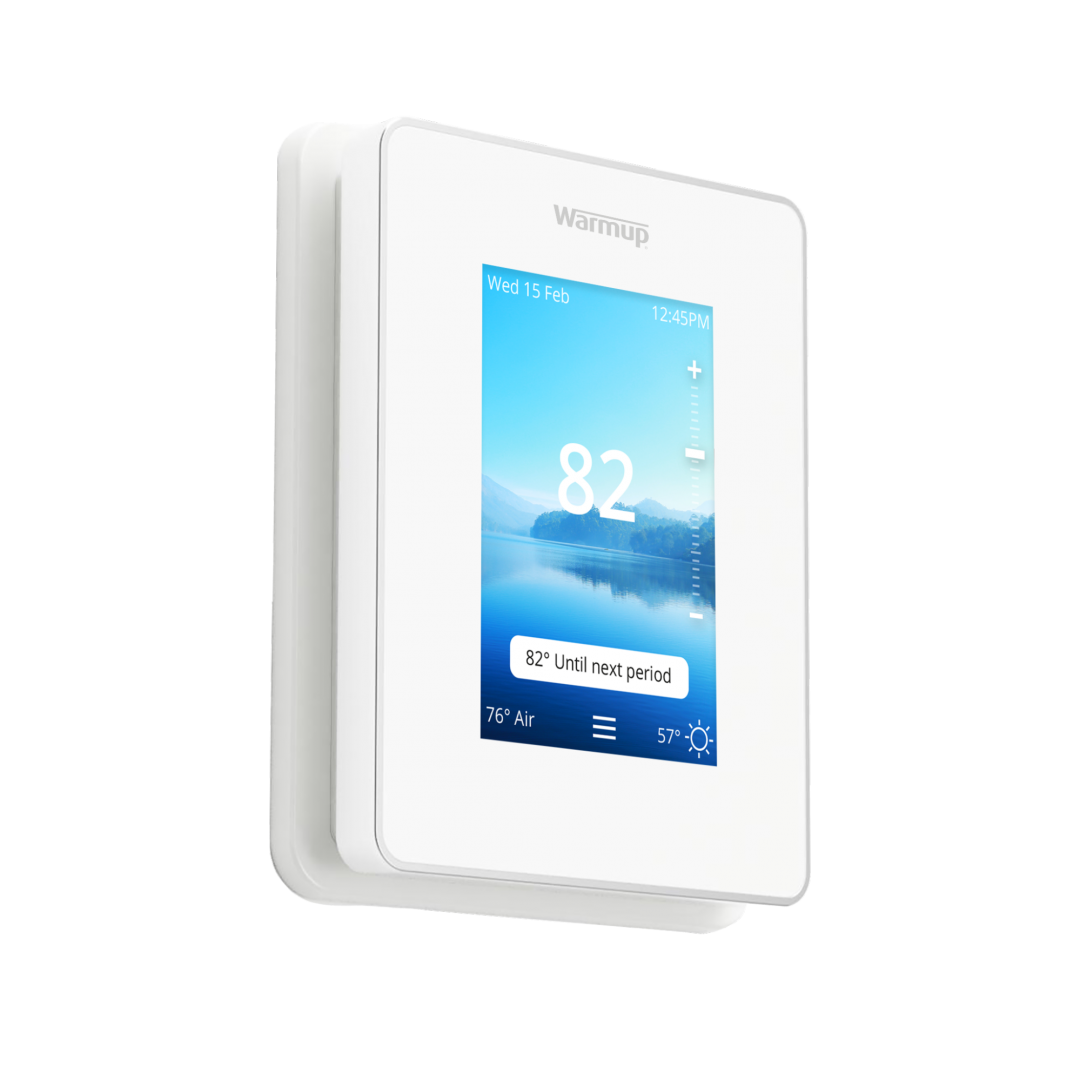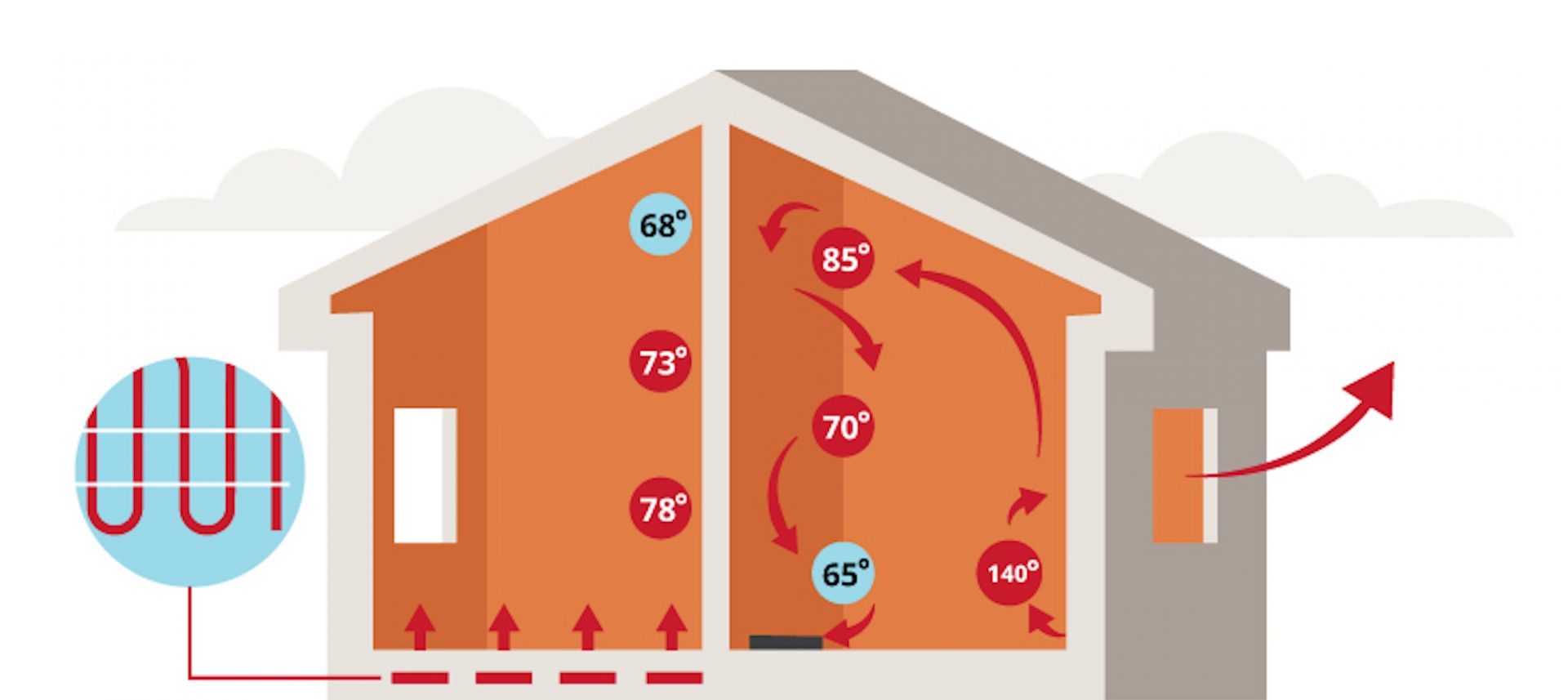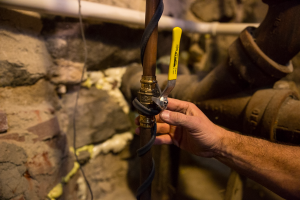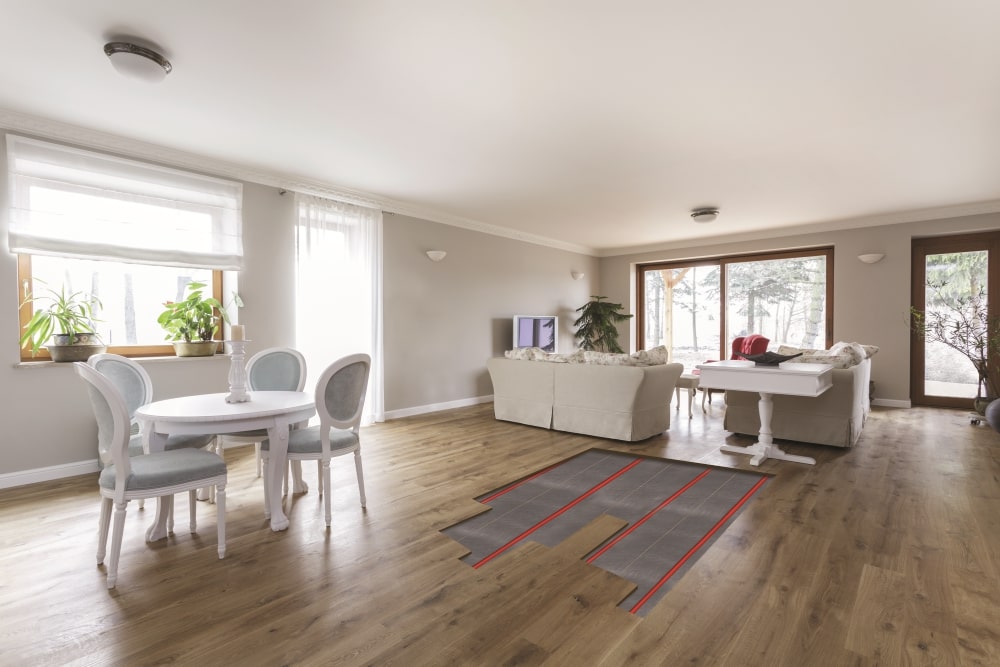Determining where to set your thermostat in the summer is an age-old question that shouldn’t be so hard to answer. The answer may not always be one size fits all, so knowing the parameters that matter can help you determine the best temperature setting for you and your household.
Read on to learn what parameters matter and why.
Understanding Indoor Climate Control
Most people know that the thermostat controls how much heating or cooling their HVAC system puts out, but they may not know the other components that help the process happen.
Furnace
The furnace has a fan that pulls air from the home into the ductwork, passes the air over a furnace, and then pushes the air back into the ductwork. The furnace typically burns natural gas or propane but is sometimes replaced with an electric heater.
A/C Unit
The A/C unit is what allows your HVAC system to cool the air down. The A/C unit has an indoor component and an outdoor component. The indoor component has a coil that goes after the furnace while the outdoor unit looks like a box with a coil wrapped around on three sides and a fan on top. When the A/C unit is running, refrigerant cools the air passing over the indoor coil and moves heat to the outside unit to get rid of it.

Ductwork
Ductwork connects the living spaces that need to be conditioned with the equipment. The fan in the HVAC system has to pull the air through all of the ductwork, which is why it is important to keep the ductwork clean and in good condition.

Thermostat
The equipment is no good without a way to control it. That’s where the thermostat comes in. The thermostat measures the temperature in the living space and, when the air is hotter or colder than it should be, the thermostat kicks on the appropriate equipment to heat or cool the air.

What Does a Thermostat Do?
A thermostat only has one job, to maintain a set temperature. This set temperature is called a setpoint. The thermostat works by measuring the temperature of the air around the thermostat and comparing it to the setpoint. If the air is too cold or too warm, the thermostat will energize the appropriate equipment to heat or cool the air.
Optimal Setting for a Thermostat in Summer
Now that you know how your home’s HVAC system works, what should the optimal setting for the thermostat be in the summer? Well, that depends.
The DOE recommends setting your thermostat to 78°F in the summer. While this may be optimal for energy efficiency and reducing your energy bill, 78°F may be too hot for many people. Often bumping the temperature up 3°F-5°F higher than your winter setting is enough to keep everyone comfortable without letting the energy bill get out of control.
How to Set Thermostat in the Summer for 2 Story Home
Setting the thermostat for a two story home can be a bit more complicated. In the summer, the upper story of a two story home often gets a lot warmer. If the upstairs and downstairs thermostats are set at the same temperature, the downstairs will often start to feel much colder.
Because heat rises and cold air sinks, the upstairs air conditioning helps to cool the downstairs too. This results in high energy bills and low comfort throughout the home. Using an offset temperature, and raising the downstairs temperature by 2°F for example, is often enough to keep the whole home comfortable while reducing the wear and tear on equipment.
Understanding Zoned HVAC Systems
Zoned HVAC systems are a great approach to tackling the problem of different cooling needs in different parts of the home. Zoned HVAC uses dampers in the ductwork to direct the flow of cold air to the rooms that need it. By not cooling rooms that are not in use or that are cold enough already, less energy is used and the entire home is more comfortable to be in.
The Benefits of Radiant Floor Heating
Radiant floor heating is as good as it gets when it comes to zoned heating solutions.
Placed under a tile, wood, or other floor installation, radiant floor heaters work to warm the entire floor. The warm floor then radiates heat to the people in the room.
Radiant floor heaters do not directly warm the air in the room and instead direct the heat right to where it is needed, so less energy is used. People also tend to feel more comfortable because radiant floor heating systems warm people from all directions, wrapping them in a blanket of warmth.
Even in the summer, some rooms (like bathrooms) may still need heating when the room is in use. Using electric heat in the bathroom increases the air temperature which will eventually cause the thermostat to run the air conditioning more.
Radiant floor heating systems allow the heat to go where it is needed, to the occupants, which reduces the need for more air conditioning.
6iE Smart Thermostat
A smart programmable thermostat like the 6iE Smart Thermostat is the best way to maximize the benefits of a radiant underfloor heating system. By only running the system when needed, you can minimize your energy usage while maximizing your comfort.

Maximize Energy Efficiency in Summer with Warmup’s Smart 6iE Thermostat
Being energy efficient in the summer doesn’t mean you have to be uncomfortable. Using smart solutions like Warmup’s Smart 6iE Smart Thermostat means you can be comfortable in your home even when you get the energy bill. Reach out to the experts at Warmup today for a free quote and to learn more about how the 6iE Smart Thermostat can help you optimize your summer comfort.




![Thumbnail [200x250]](/wp-content/uploads/Indoor-Systems-Page-Image.png)
![Thumbnail [200x250]](/wp-content/uploads/image-13.png)
![Thumbnail [200x250]](/wp-content/uploads/Projects-Image.png)